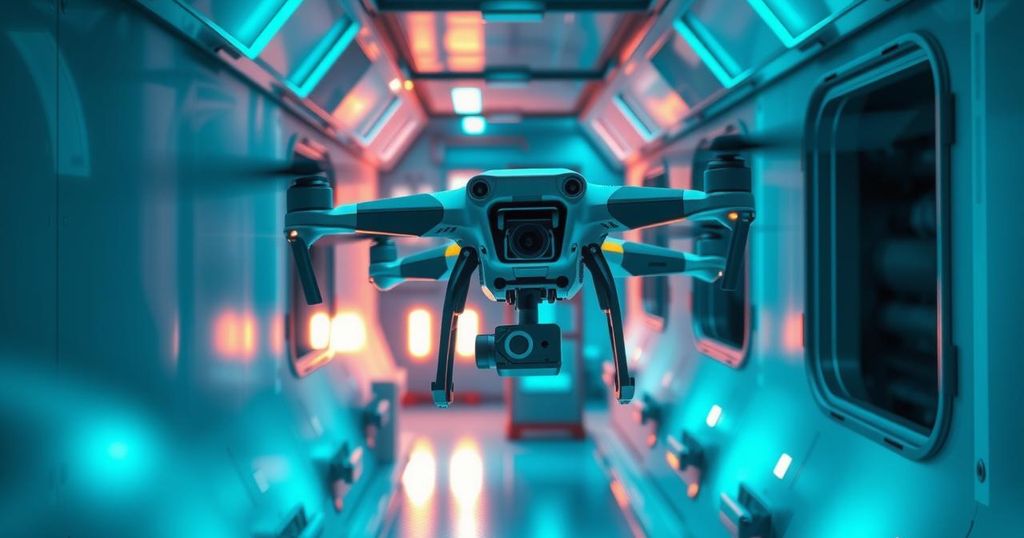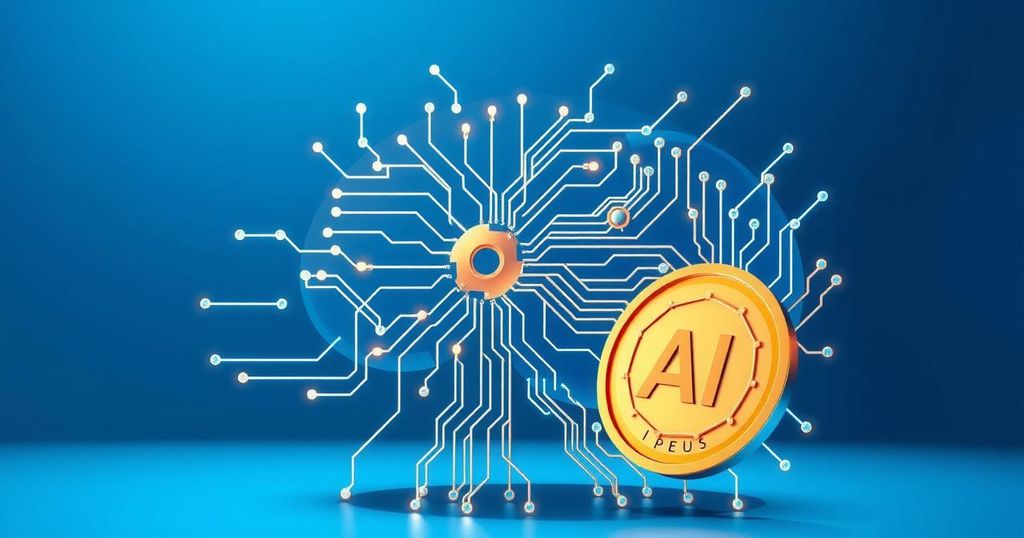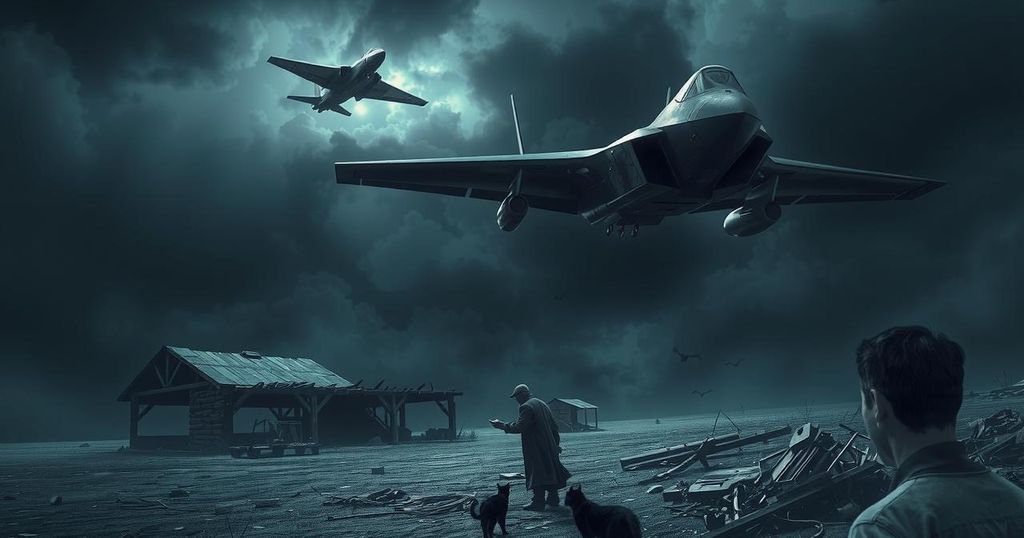Classification Societies Advancing AI-Derived Ship Survey Technology
- AI technology is changing maritime inspections for the better.
- Drones are used for inspections of tough, enclosed areas.
- Bureau Veritas has launched a new inspection technology.
- Successful deployment occurred on a TotalEnergies FPSO vessel.
- DNV predicts AI drone surveys will be commonplace within two years.
AI Enhancements in Maritime Survey Techniques
Artificial intelligence (AI) in maritime inspections is literally changing the game. Classification societies are now embracing AI alongside advanced drone technology, which they say will provide huge safety benefits. This new wave of technology minimizes the need for human inspections, specifically in those tricky enclosed spaces that come with ship maintenance.
Bureau Veritas Leading with Innovative Survey Technology
One of the frontrunners in this tech revolution is Bureau Veritas, which has recently launched its Augmented Surveyor 3D system. This system employs drones that can venture into confined quarters on vessels, allowing for a more thorough and safer inspection process. Earlier this year, the system was successfully deployed on a Floating Production Storage and Offloading unit operated by TotalEnergies, showcasing its practicality in real-world settings.
Future Prospects of AI Marine Inspections
Looking ahead, DNV, another key player in this sphere, anticipates that the application of AI-driven drone surveys will become more widespread within the next two years. This shift to remote survey techniques is not just about enhancing safety but also aims to reduce operational costs and vessel downtime significantly. Clearly, the integration of these advancements could be a game-changer for the industry, revolutionizing how maritime inspections are conducted.
To sum it up, the maritime sector is undergoing a significant transformation with the incorporation of AI and drone technology in ship inspections. Bureau Veritas showcases what’s possible, while DNV’s upcoming advancements hint at a wider industry shift. The promise of enhanced safety, reduced costs, and better operational efficiency seems just on the horizon.




Post Comment